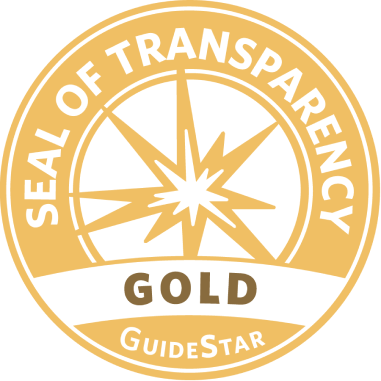In the war-torn landscapes of Iran and Afghanistan, trauma is an inescapable reality for many women. Violence, displacement, oppression, and loss have become woven into their daily lives. Yet, despite the weight of their suffering, many women remain silent—either out of fear, cultural stigma, or lack of support. But silence does not mean acceptance. Across these regions, women are finding ways to cope, heal, and reclaim their voices, even in the darkest of times.
The Hidden Trauma of Women in Conflict Zones
For decades, women in Iran and Afghanistan have faced multiple layers of trauma. War and political instability have left many without homes, families, or security. The return of the Taliban in Afghanistan has stripped women of their rights, denying them education, employment, and even the ability to leave their homes freely. In Iran, political oppression and gender-based violence are daily struggles.
Beyond external conflicts, many women experience domestic violence, forced marriages, and honor-based abuse. These traumas are often suffered in silence, as societal expectations discourage women from speaking out. Mental health is a taboo subject, and seeking help is seen as shameful or even dangerous.
Survival Mechanisms: How Women Cope
Despite the overwhelming challenges, women in these regions are finding ways to cope with trauma—both individually and collectively.
1. The Power of Sisterhood and Secret Support Networks
Women often turn to one another for comfort, creating informal support systems. In many cases, these are secret networks—groups of friends, neighbors, or even online communities where they can share their pain, fears, and hopes. These spaces allow women to express their emotions in a world that often denies them that right.
2. Expression Through Art, Poetry, and Writing
For centuries, women in Iran and Afghanistan have used poetry and storytelling as forms of resistance. Through anonymous writings, underground poetry circles, or even social media, they channel their trauma into words that carry both pain and power. Art becomes a way to process emotions that they cannot openly discuss.
3. Meditation, Prayer, and Spiritual Healing
For many women, faith is a refuge. Prayer and meditation offer moments of peace in an otherwise chaotic reality. Some find solace in reciting poetry from Rumi or Hafez, whose words speak to suffering and resilience. Others turn to yoga and mindfulness practices, using breath and movement to reconnect with their bodies after trauma.
4. Learning and Rebuilding Through Education
Even in the face of bans and restrictions, many Afghan and Iranian women continue to pursue education in secret. Online learning platforms, underground schools, and virtual workshops provide a lifeline for those seeking knowledge. Learning English, computer skills, or even mental health strategies helps them regain a sense of control and hope for the future.
Breaking the Silence, One Voice at a Time
Healing from trauma does not happen overnight, nor does it happen alone. By breaking the silence—through storytelling, community support, and education—women in Iran and Afghanistan are proving that their voices will not be erased. Even in the face of unimaginable hardship, they continue to fight, heal, and dream of a future where their pain is acknowledged, and their strength is celebrated.

